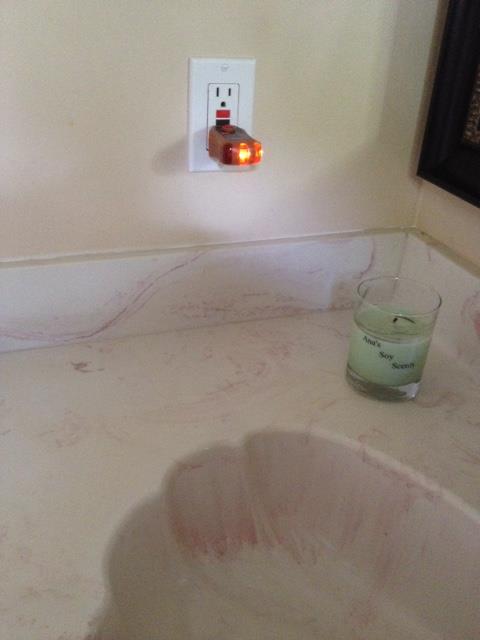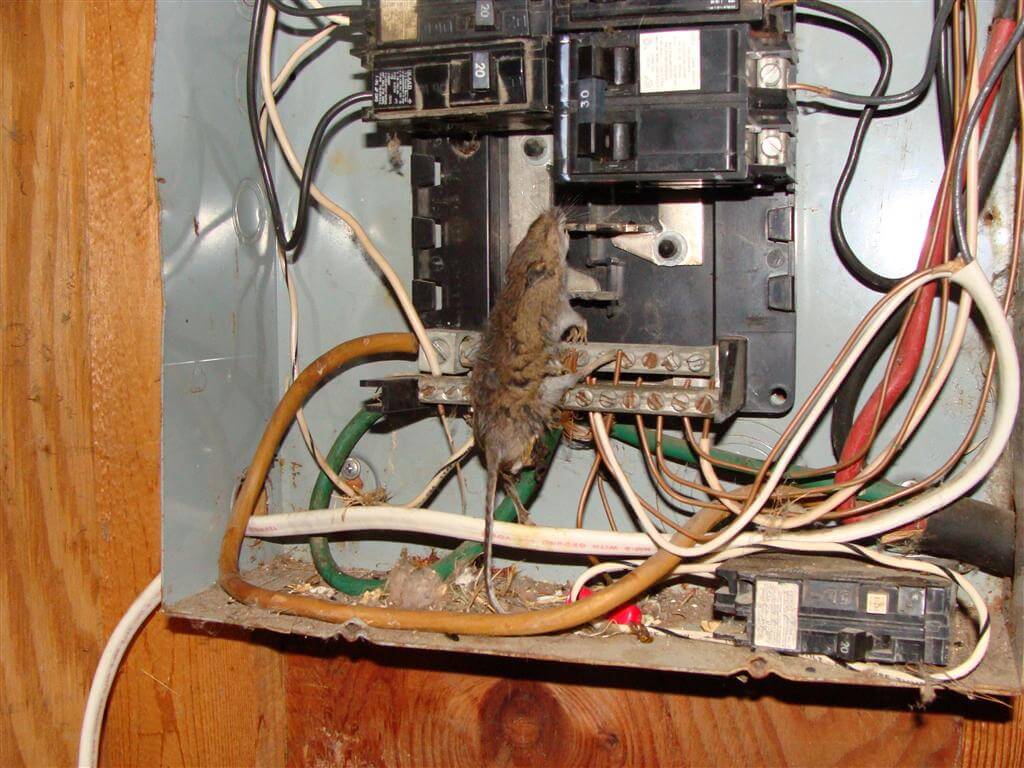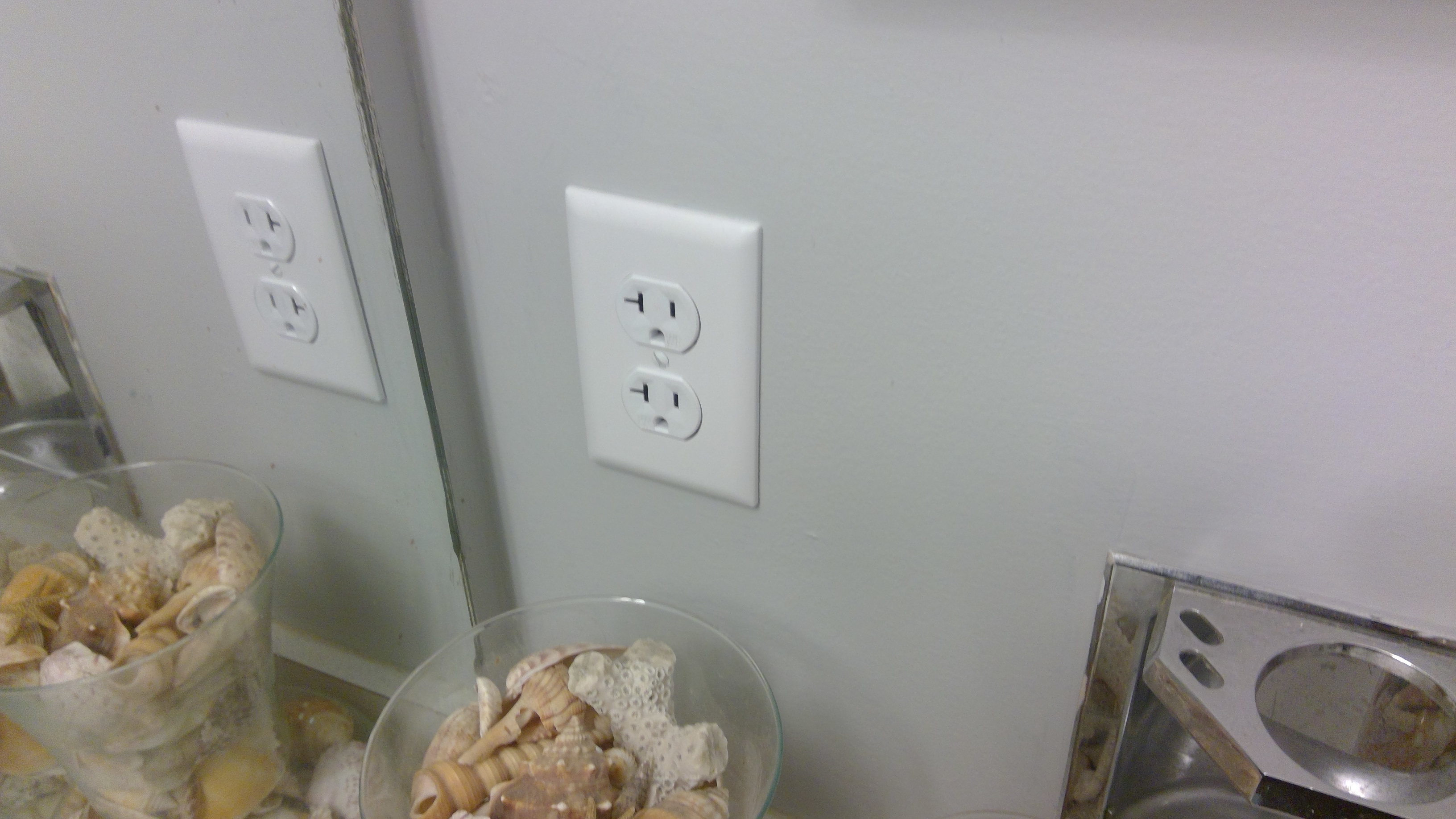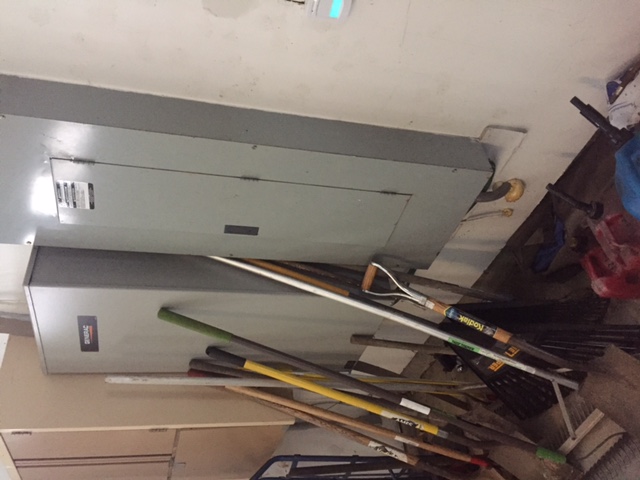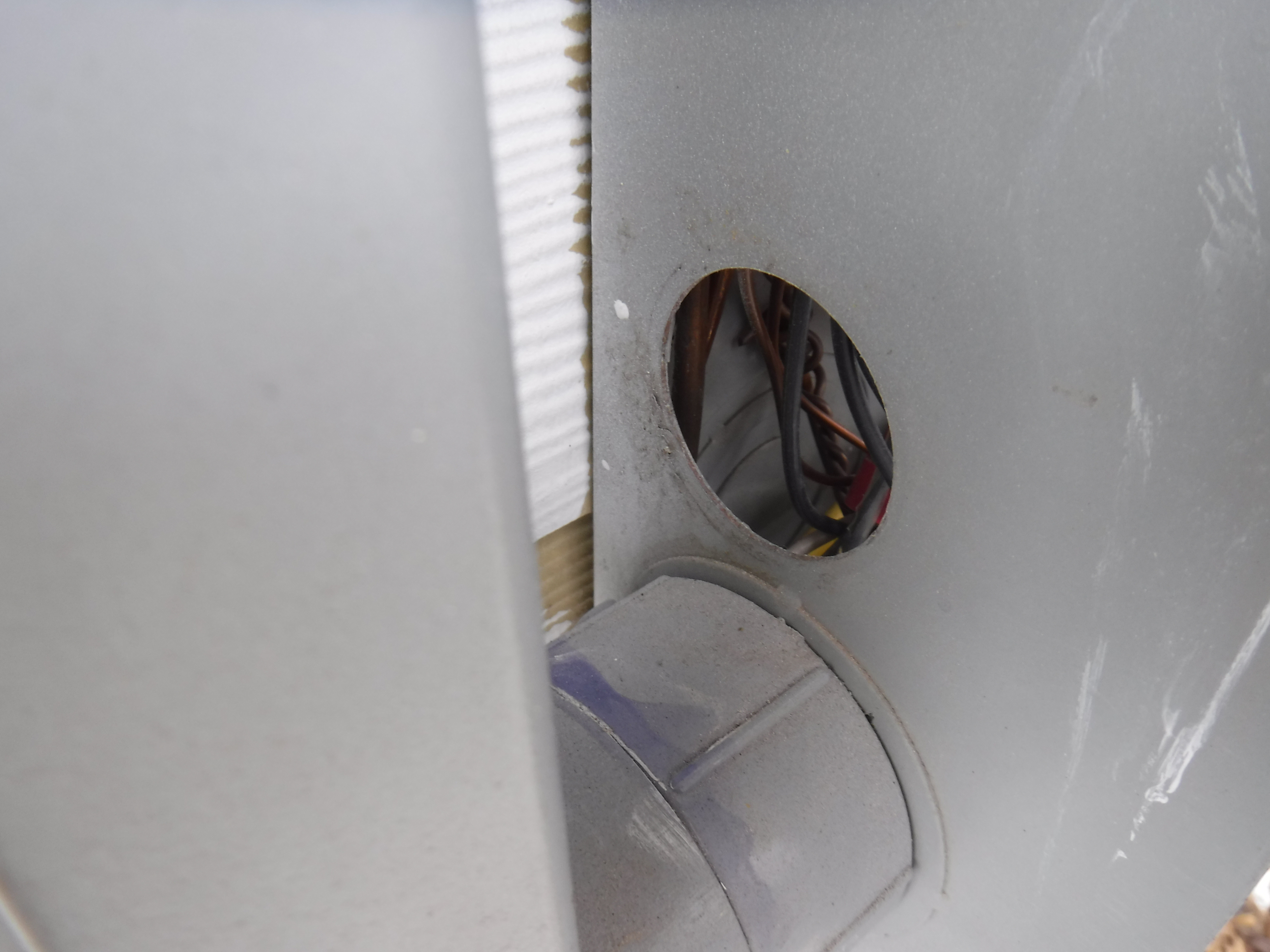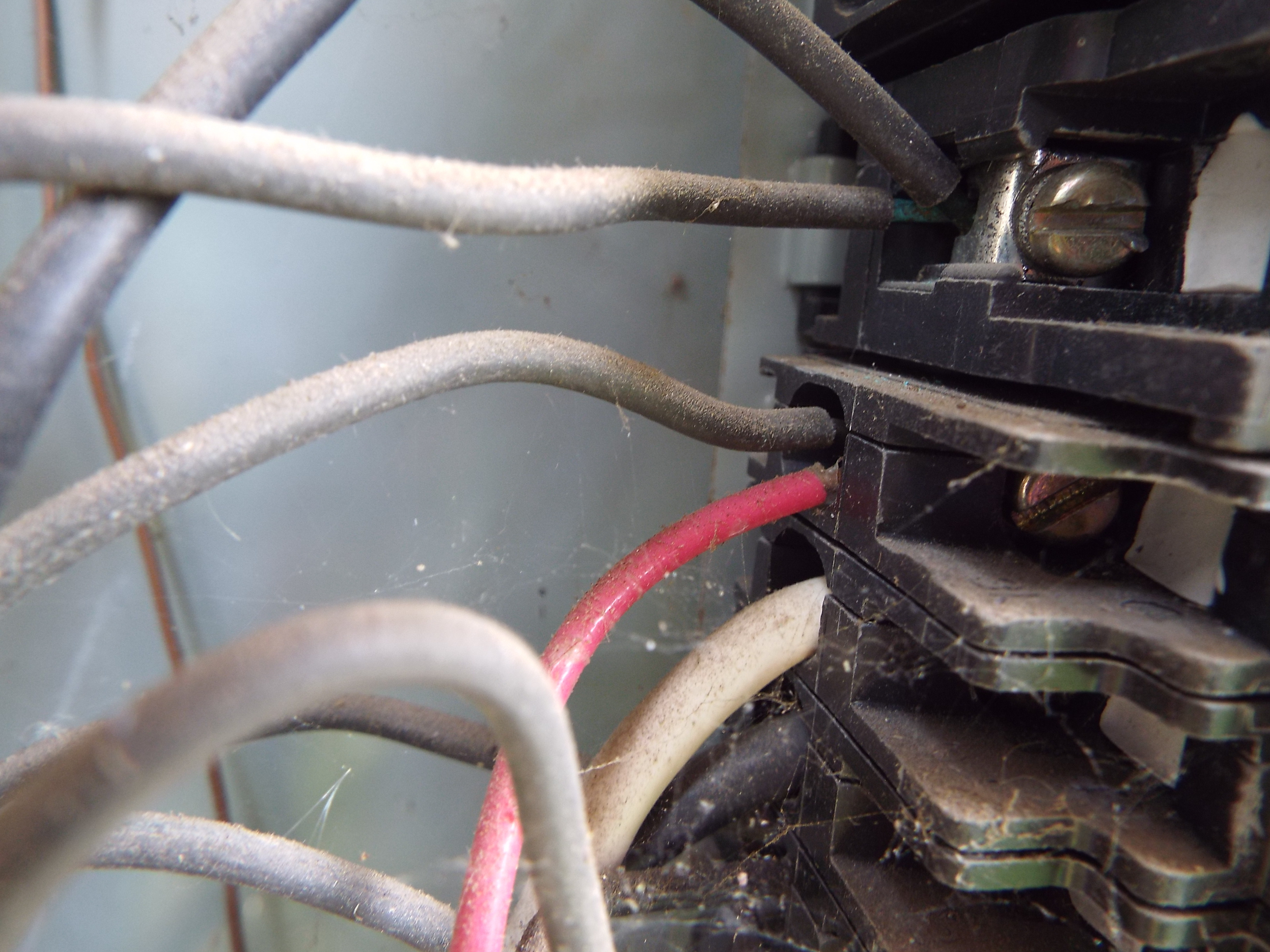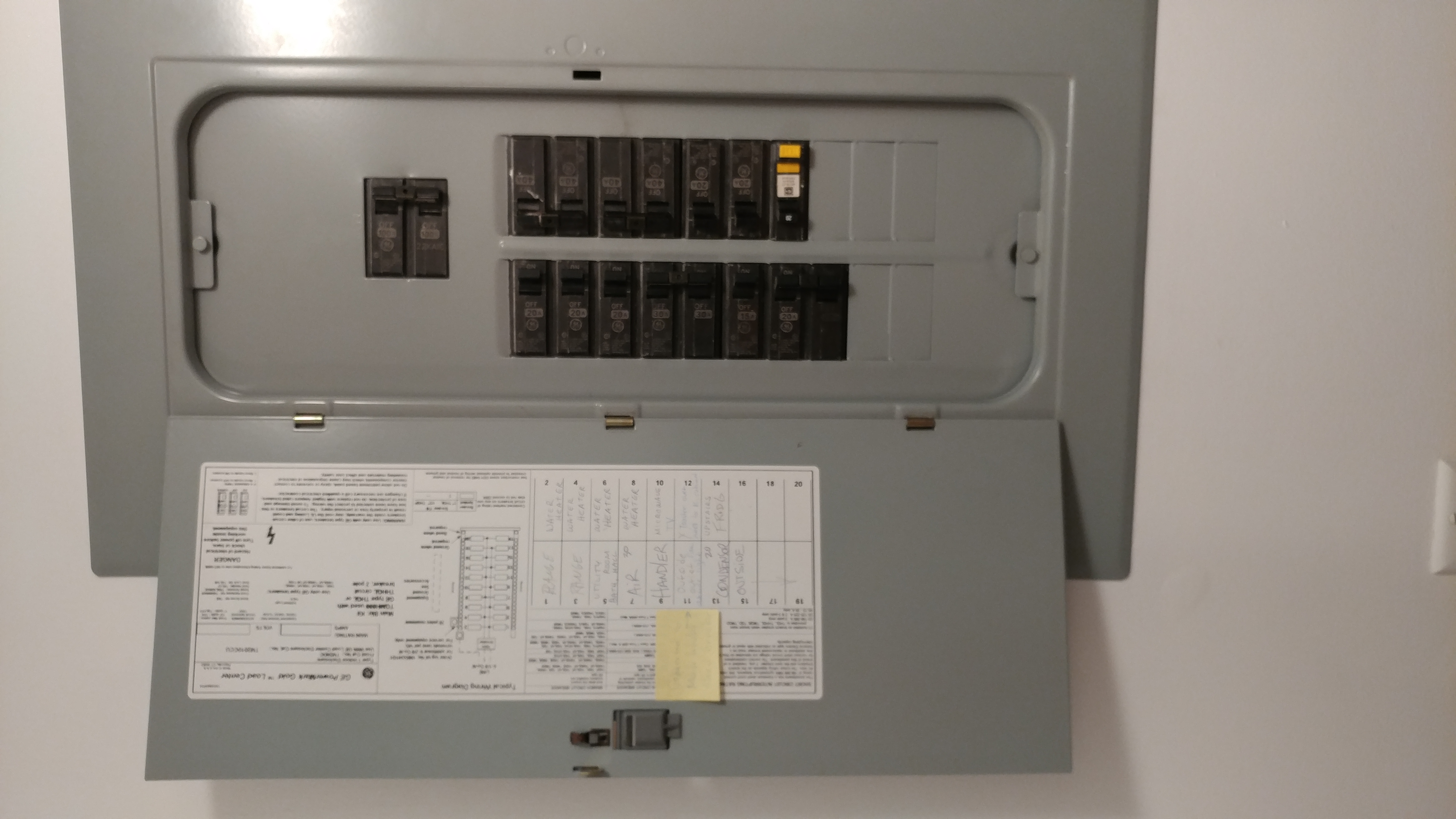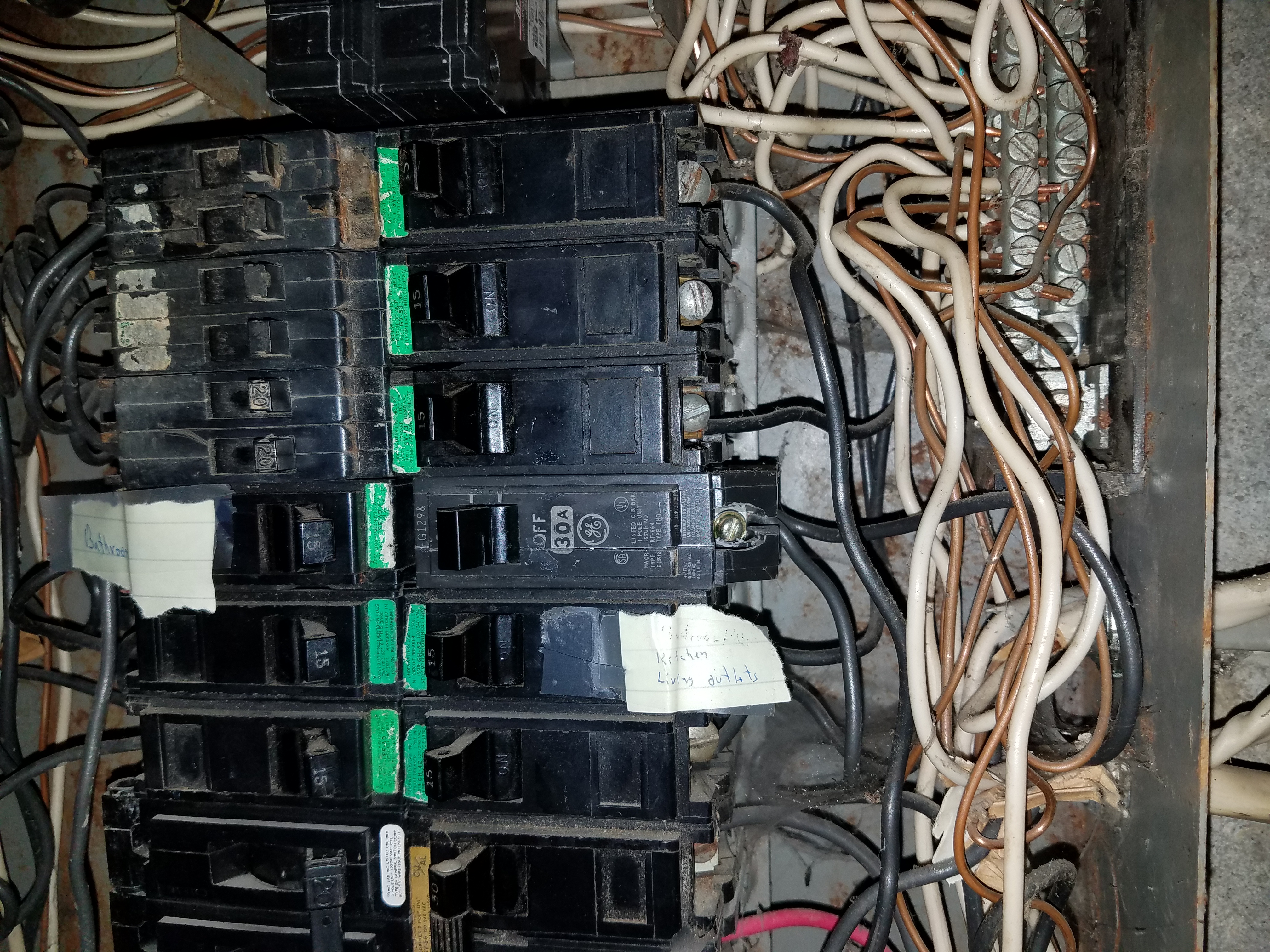Electrical safety. Electricity has the potential to cause great harm. Electrical systems will function almost indefinitely, if properly installed, maintained and not overloaded. Electrical fires in our homes claim the lives of hundreds of Americans each year and injure thousands more. As a home inspector, doing the most thorough and complete electrical inspection and making the clients aware of the dangers and hazards of not maintaining and or not hiring professionals to work the electrical systems of their home is one of the most important aspects the actual inspection itself.
The electrical outlet nearest the sink in the master bathroom is not a GFCI outlet. This is improper and is a safety hazard. The outlet to the left of the improper non GFCI outlet is a GFCI but is lose and requires attention.
Electrical systems within a home are one of the most complex systems an inspector will encounter during his or her routine home inspections and must be approached cautiously and thoroughly to not only insure the safety of the inspector but also to identify potential safety hazards for the home owner.
There should be no access into the panel whatsoever. This is to prevent accidental electrocution by someone being able to put a screwdriver or finger into the panel and touch a live component. This is a safety issue, and repairs should be recommended.
Ground-fault circuit-interrupting breakers are one of the ways to protect circuits and their users from ground faults. Not all circuits are required to have GFCIs and, in many homes, the locations that require this protection have their own GFCI outlets. However if a GFCI breaker is used, it will provide protection to all receptacles in that branch circuit.
In the second bathroom of the home there is no GFCI protected outlet next to the bathroom sink. Should have a licensed electrician test this outlet for a GFCI protected breaker in the breaker panel of the home. If there is no GFCI protected breaker it would be best to get with a licensed electrician for installing one.
Picture of GFCI Protecting a Branch Circuit. I see that there is a GFCI outlet protecting the load wires to the other outlets, But wouldn’t it be better to have a GFCI breaker protecting the whole branch circuit? Maybe, Maybe not!
This picture is of a service panel with tools and debris in front of it. The service panel should have clear space in front that measures 30" across, 36" in depth and 78" from top to bottom. Suggest moving these tools for safety and access to the panel.
I reviewed a picture from the gallery on ground fault circuit interrupters (GFCIs). It showed that GFCIs can be both breakers and outlets and both are acceptable devices to meet NEC code. They are now required in kitchens, bathrooms, garages and for exterior receptacles. They both have test buttons and resets on them in order to make sure they are working correctly.
GFCI(ground fault circuit interrupter) outlets are required in garages and accessory buildings in which the floor is located at or below grade level. The GFCI operated as intended when tested. No deficiencies were noted at the time of the inspection.
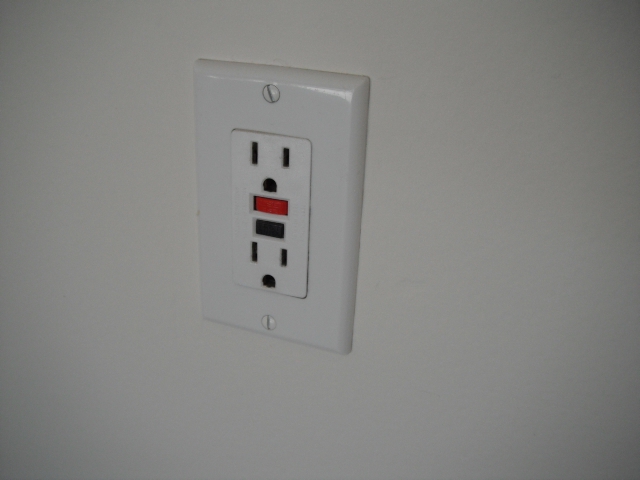
Service equipment rated 600 volts or less must have a working clearance as follows. 6.5 feet of headroom, 30" side to side and 36" of clearance in front.
The service equipment (and electrical panelboards) should be readily accessible at all times.
The picture I choose is of a recent inspection. The electric panel is on the exterior of the home. The picture shows a knockout for the panel that is leaving an opening to the panel. All openings to the panel should be sealed for safety and to prevent damage.
Anti-Tip Brackets for Freestanding Ranges is the article I choose. It discusses the need for the anti-tip device on ranges. It also explains the history behind the code and the fact that Sears was sued over this issued and has paid out over 500 million dollars to date.
There is a breaker in the panel that is currently double tapped (has two conductors in one lug). This condition can become a safety hazard, as the breaker itself is only designed to carry a certain maximum load, and adding an extra conductor often exceeds that restriction.
This 100 amp. GE Goldmark load center is in good condition, all screws are proper, legend looks good. A test of the arc fault breaker failed when test button pushed. This is a defect that should be addressed by a licsenced electricion.
Safety when opening a service panel box. The inspector should take note of the type of screws used to attach dead front. They should be blunt not pointed. Make sure you have a clear escape path in case of arcing, floor is not wet and are wearing cotton clothing. Then check the surface of the panel with a voltage ticker to make sure panel is safe to touch. Look above and all around for moisture, rust and signs of arcing. It should be safe then to open panel to inspect inside.
This panel was in a home I inspected a few weeks ago, it had rust and corrosion, double taps, missing disconnect for the garage sub panel, as well as breakers that were not made for the panel. I recommended evaluation and estimates for repairs or replacement. It has since been replaced.
I studied the picture of the proper ceiling fan structure. Mounting boxes must be marked suitable for ceiling fan support 45 pounds. I was unaware that the box should be marked. Unfortunately in most homes it will be impossible to determine if this is correct.
I read the article entitled Electrical Service Panels.
This article highlights potential dangers associated with the inspection of electrical panels as well as what defects to look for. Included in the article are common sense approaches to minimize the risks of electric shocks. Among the things Ive learned is that asides from wearing proper PPE (i.e., safety glasses, electrical rubber gloves, rubber sole shoes), an inspector should follow safety practices prior to and during the inspection of electrical panels.
For instance, prior to removing the panel cover, the inspector should become aware of the surroundings (i.e., trip hazards around, wet floor, wet panel, observer near you such as the client) and use a voltage ticker to make sure the panel is safe to touch. Also instruct the client, if present, to stay back and to not touch the inspector should sparks fly during removal of the panel cover. Equally important is for the inspector to practice calm, steady movements and learn to avoid distractions during the inspection process.
The image shows a GFCI receptacle at the wall adjacent to a bathroom vanity basin. This safety device is required to be present in all bathrooms.
The operational principle of a GFCI is to trip open the electrical circuit within a fraction of a second upon sensing more than 5mA differential between the hot and the neutral conductors. Interrupting such fault to ground at this low current and so quickly prevents electrical shock to a user.
The trip button and reset buttons (red and black, respectively) allows for testing at this location and, if so connected, at other receptacles downstream. The amber lights shown lit on the tester connected to this receptacle are simply indicating that the wiring is correctly connected.
The GFCI was found to operate properly upon pressing the trip and reset buttons on the tester and also on the receptacle. Typical GFCI manufacturers recommends for the occupants to test the trip/reset functions on a monthly basis.
